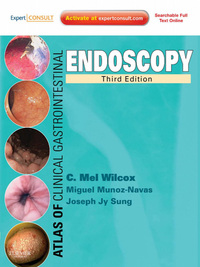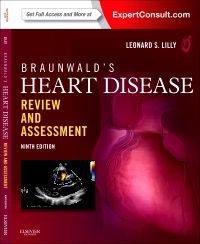Gweneth Hartrick Doane RN PhD (Author), Colleen Varcoe RN PhD (Author)
At the heart of nursing education is the need to prepare students to be safe, competent, ethical providers who are capable of providing high-quality care within the complexities of the ever-evolving North American health care settings. Research shows a gap exists between what nursing students are taught and what they later find out nursing really is as young professionals.
Nursing As Relational Inquiry is a groundbreaking text that explicitly acknowledges workplace realities and then offers students a theoretically sound, research-informed way of navigating within the realities they will face upon graduation that will transform their nursing practice called relational inquiry.
By highlighting scenarios from both acute and community-based settings throughout all chapters, the authors show the link of their relational inquiry approach and how it can be implemented in practice.
What is Relational Inquiry?
Relational inquiry involves being an inquirer and enacting nursing as an inquiry process. As an inquirer, nurses enter each nursing situation inquiring into the relational experience of people (including oneself), contexts, knowledge, meaningful purposes, excellence of practices and effectiveness of outcomes (Hartrick Doane & Varcoe, 2008). Like a scientific inquiry, inquiry-based nursing practice involves being in that in-between relational space of knowing/not knowing, being curious, looking for what seems significant, examining the interrelatedness between the elements as well as the relevance of those interrelationships in the experiential moment and also acting toward them.
.
Why A Relational Inquiry Approach to Nursing Practice and Education?
Because students can’t be exposed to every situation they might encounter as professionals and because situations might evolve that might not even seem conceivable today, the authors avoid the pitfall of other texts that are limited to authoritative, “how-to” practice prescriptions. Instead, the authors foster critical thinking skills and encourage students to explore the complexities of everyday nursing through “Try It Out” and “This Week in Practice” learning activities that build students’ confidence applying relational inquiry skills.
A robust teaching-learning resource package accompanies this text on Lippincott, Williams, and Wilkins’ website, The Point. Students will master a variety of relational inquiry skills, such as the “Skill of letting be,” the “Skill of listening,” “Skill of Self-Observation,” and more through role play activities and watching video clips. Students will be able to read journal articles written by researchers throughout the United States, Canada, Australia, New Zealand, the UK, and beyond. As a unique feature to LWW texts, students will have access to a complementary, fully searchable eBook that they can access online if they forget their book at home and find an opportunity to read.
Rather than a typical text that teaches students to DO, Nursing as Relational Inquiry teaches students how to BECOME relational practitioners.
Product Details
- Paperback: 480 pages
- Publisher: Lippincott Williams & Wilkins; 1 Pap/Psc edition (December 30, 2013)
- Language: English
- ISBN-10: 1451190263
- ISBN-13: 978-1451190267
- ISBN-13: 9781451190267
- eText ISBN: 9781469872216

 Stage B, A Pre-cursor to Heart Failure, Part II, An Issue of Heart Failure Clinics (The Clinics: Internal Medicine)
Stage B, A Pre-cursor to Heart Failure, Part II, An Issue of Heart Failure Clinics (The Clinics: Internal Medicine)  Atlas of Radiologic-Cytopathologic Correlations (Original PDF from Publisher)
Atlas of Radiologic-Cytopathologic Correlations (Original PDF from Publisher)  Principles of Cardiovascular Radiology (Original PDF from Publisher)
Principles of Cardiovascular Radiology (Original PDF from Publisher) 
















Reviews
There are no reviews yet.